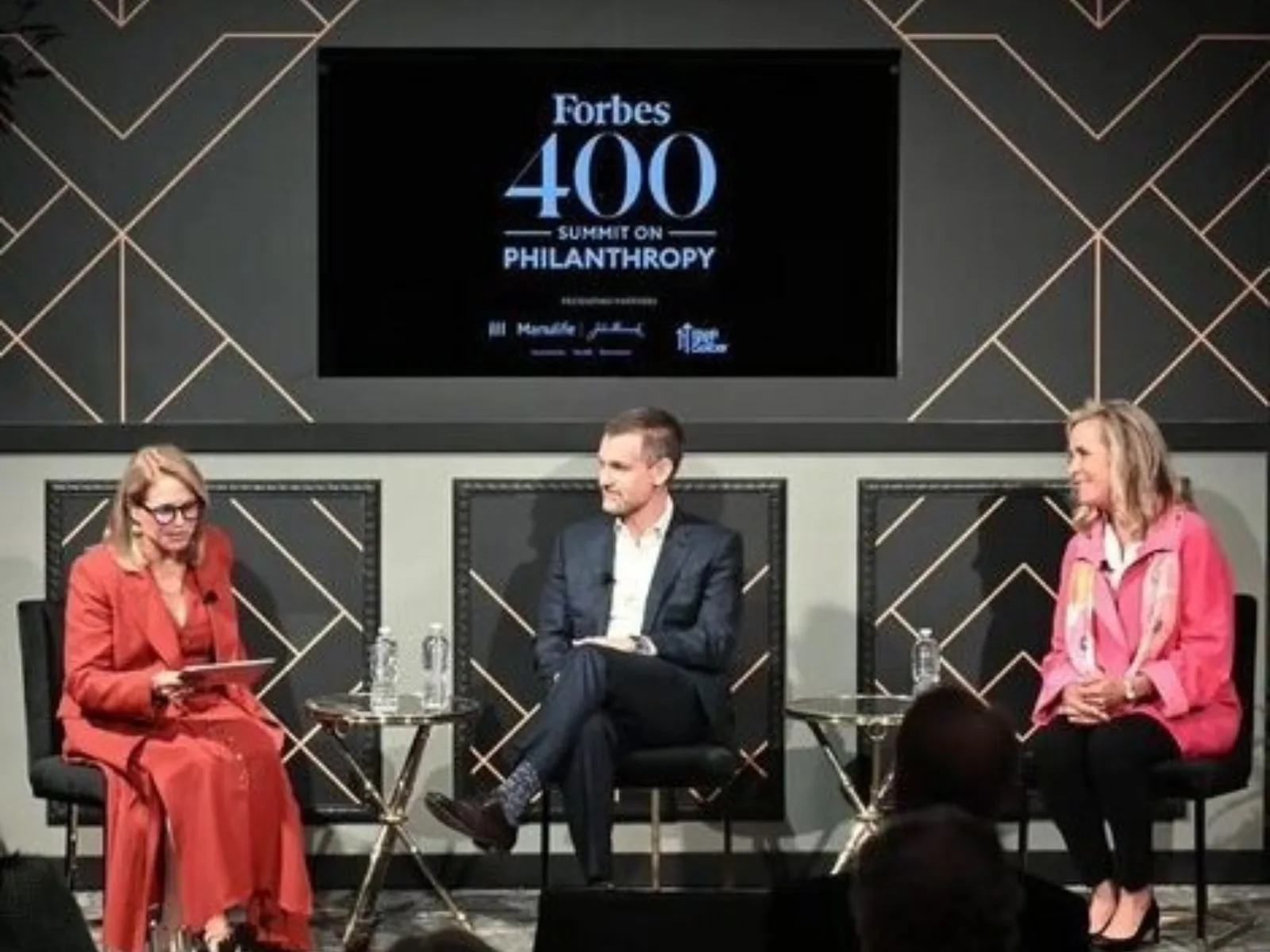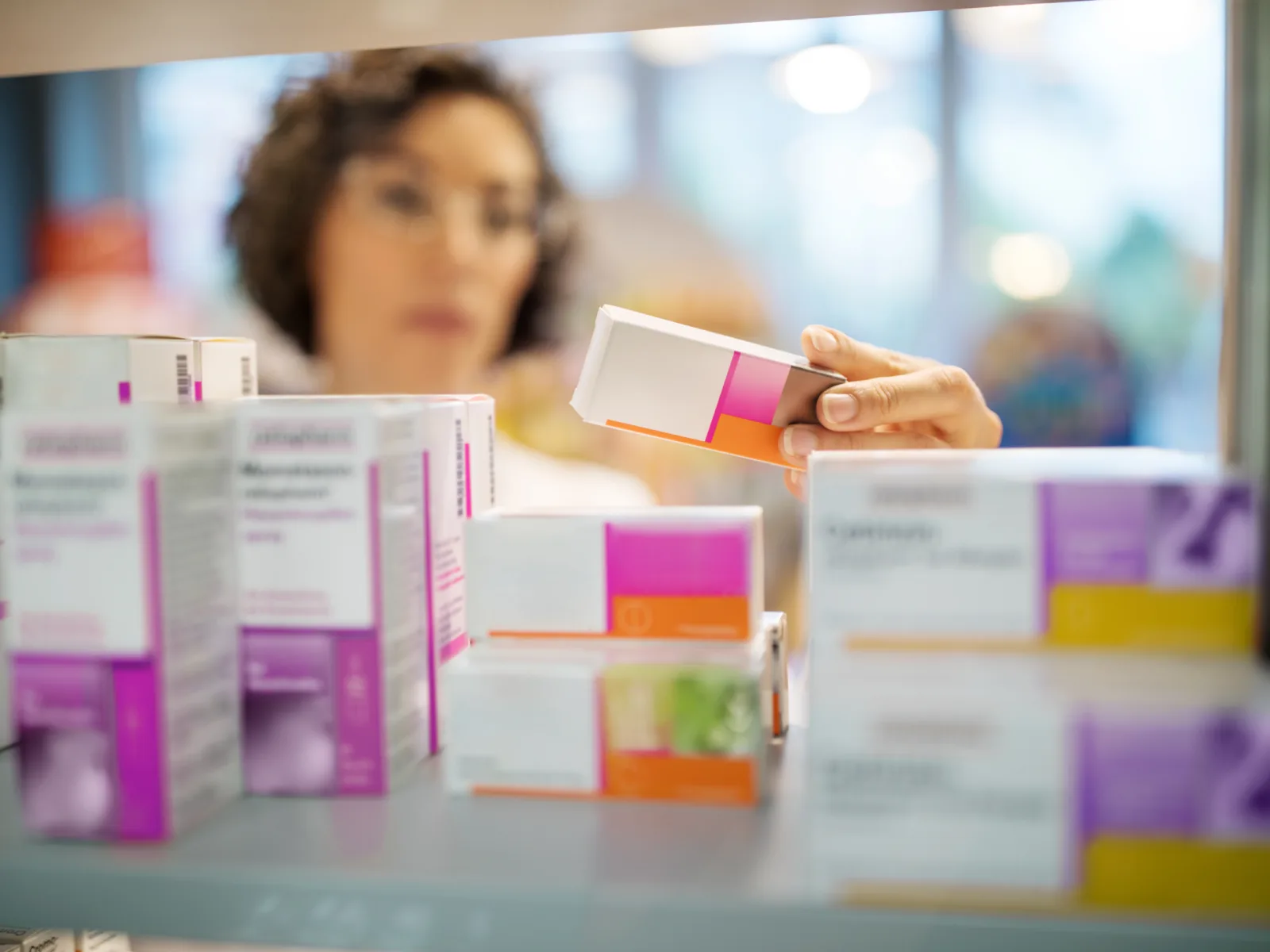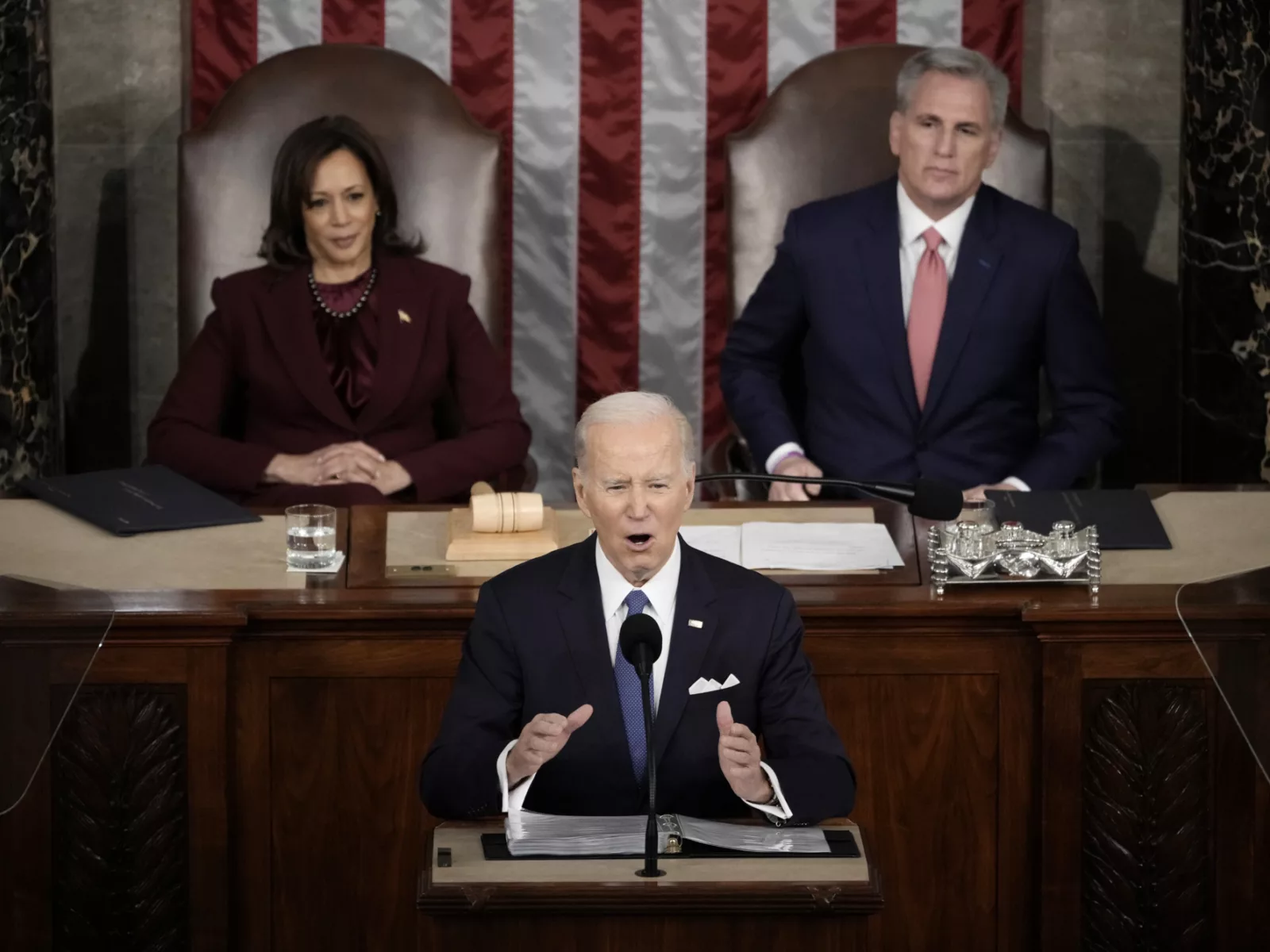Prescription drug assistance programs can be real lifesavers for patients like Andre Rucker of Maryland who struggle to afford their expensive cancer medication. But not much is known about these programs — what drugs they cover, how patients qualify, or who sponsors them — except that they’re most often funded by pharmaceutical companies.
Such programs have come under scrutiny in recent years. A slew of federal investigations have led to multimillion-dollar settlements with pharmaceutical companies, and more people, including lawmakers, are growing increasingly skeptical of their effectiveness. These programs, according to critics, help manufacturers boost prices and keep the demand for their branded products high, even when a cheaper alternative is available.
And while the patient purchasing the more expensive drug may not feel the difference in cost directly, the programs put pressure on overall costs and place a burden on the health care system, according to Gerard Anderson, Ph.D., co-author of a new study that looks at this issue. (Brand drugs represent only 10% of prescriptions but 77% of drug spending, according to a report by the Association for Accessible Medicines).

Anderson and a team of researchers at the Johns Hopkins Bloomberg School of Public Health examined the six largest charity organizations in the U.S. and uncovered three main problems:
- These programs were more likely to cover high-cost, brand-name prescription drugs (despite the availability of lower-priced generic options).
- Nearly all — 97 percent — did not provide coverage for uninsured patients.
- None of the programs provided free drugs.
Disclosure Practices Vary
The study primarily focused on the six largest independent charity foundations, which were identified using a public-facing database, GuideStar. Together, they offered 274 different disease-specific patient assistance programs in 2018.
The type of financial support varied among programs, but the most common type of program (168 programs, or 61 percent) offered only co-payment assistance. The next most common type of program (90 programs, or 33 percent) allowed patients to choose between co-payment assistance or help with paying insurance premiums. None of the programs provided free drugs. As for specific diseases, 113 programs, or 41 percent, covered drugs for cancer or cancer-related conditions, while 93 programs, or 34 percent, covered treatments for genetic or rare diseases.
All 274 patient assistance programs had a combination of the following requirements for patients to participate: health insurance, a prescription for a drug covered by the program, and proof of income. Five hundred percent above the federal poverty line was the most common income eligibility limit, making 80 percent of Americans eligible for assistance. Under this requirement, a single person earning less than $60,700 or families earning less than $125,500 would qualify for most programs.
“Only covering insured patients may help these programs cover more patients with their limited funds,” says So-Yeon Kang, MPH, MBA, a research assistant in the Bloomberg School’s Department of Health Policy and Management and lead author of the study. “But leaving out the uninsured diminishes the charitable aspects of these organizations supported by tax-exempted donations.”
The study also found inconsistent disclosure practices among patient assistance organizations. The two largest — Patient Access Network Foundation and the HealthWell Foundation — were the only organizations in the study that disclosed the names of the drugs they covered and the maximum coverage amount. Program details, including covered drugs and program funders, were not available in most cases.
“More transparency could be the first step to help them ensure these programs aligned with their charitable mission,” says Kang.
Read the full study here.

















